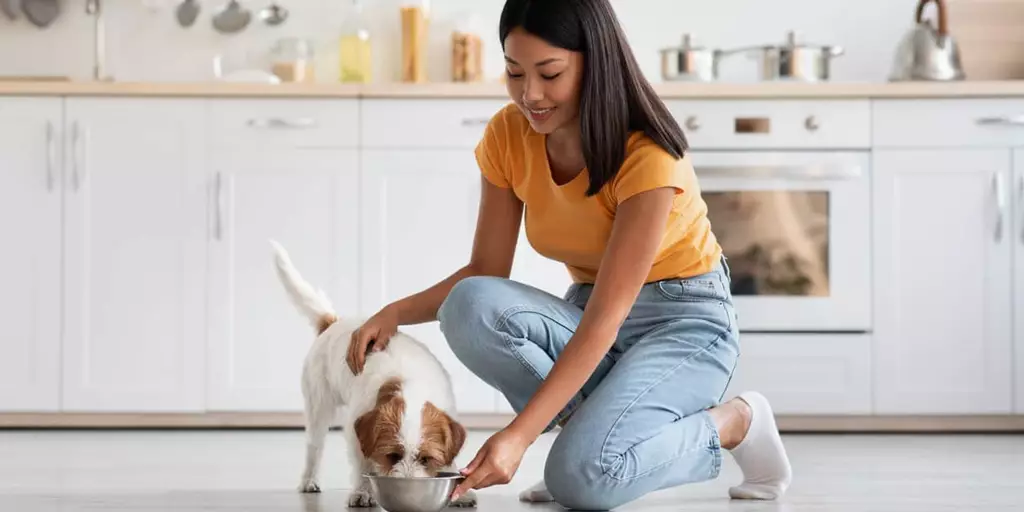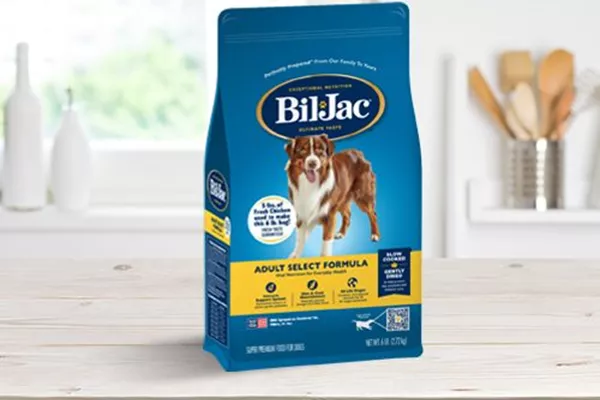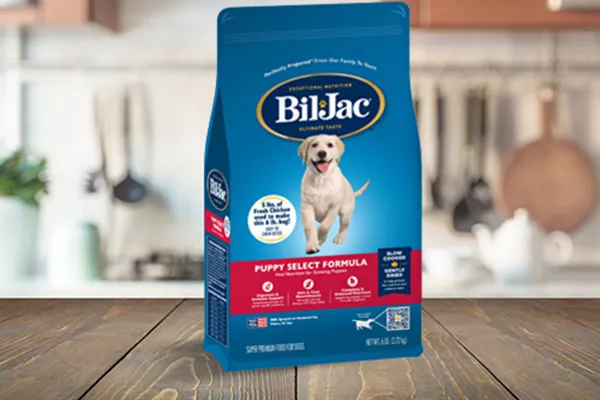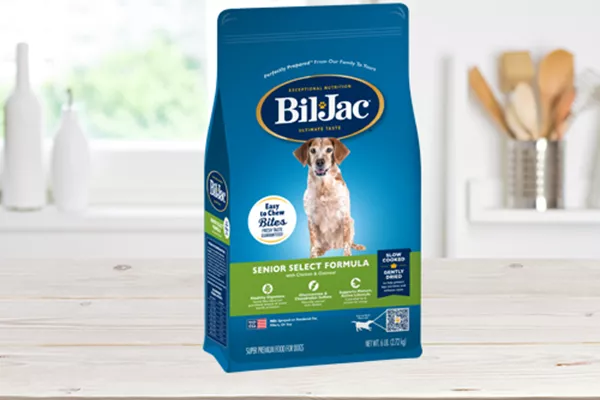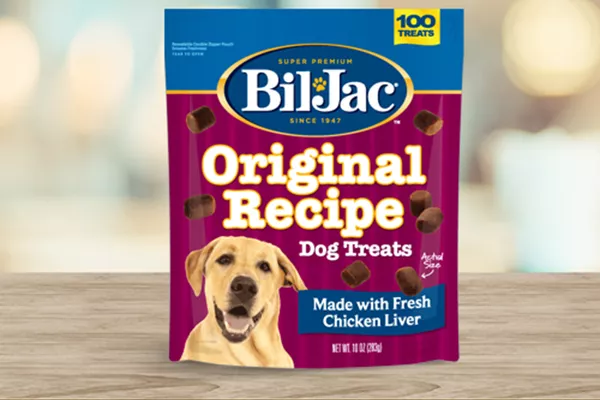Mealtime should be a happy occasion, but sometimes dogs can get a bit defensive about their dinner. Food aggression can be a serious issue that leads to uncomfortable moments for both you and your dog. Learn how to spot the signs of food aggression and what you can do to help stop this behavior.
What is Food Aggression?
Food aggression is a type of canine aggression that occurs when a dog feels the need to protect their food or eating space from perceived threats. This threat could be another animal, a person, or even an object like a broom or vacuum.
There are several signs that a dog may be exhibiting food aggression, including:
- Staring: If a dog stares intently at you or another animal while they are eating, it may be a sign of aggression.
- Stiff Posture: A dog that stands very stiff over their food bowl with their ears pricked up may be feeling threatened.
- Growling: This is a common warning sign that a dog feels threatened and may become aggressive.
- Snapping: If a dog snaps at you or another animal when you approach their food bowl, it’s a clear sign of food aggression.
- Biting: In severe cases, a dog with food aggression may bite anyone or anything that comes near their food
Causes of Food Aggression in Dogs
There are a number of reasons why a dog might develop food aggression, including:
- Natural Instincts: Dogs are descended from wolves, who hoard food in the wild to ensure their survival. This instinct to protect their food source can carry over to domesticated dogs.
- Resource Guarding: Some dogs may guard other resources in addition to food, such as toys, beds, or chews. This type of guarding behavior can be a sign of underlying anxiety or insecurity.
- Negative Experiences: If a dog has had negative experiences with food in the past, such as being teased or having their food taken away, they may be more likely to develop food aggression.
- Learned Behavior: In some cases, food aggression can be a learned behavior. If a dog growls or snaps to keep other animals away from their food and is rewarded with being left alone, they may learn that this behavior is an effective way to get what they want.
Regardless of the reason, one of the best ways to avoid these aggressive behaviors is to simply not bother your dog while they eat. However, that can often be easier said than done.
Small kitchens, other animals in the home, children who may not know better – there are plenty of instances where you’ll need to address potential reactive behaviors and aggression issues so living with your furry baby isn’t more difficult than it needs to be. Keep reading to learn how you can recognize these types of behaviors and what you can do to address the situation.
How to Recognize Food Aggression in Dogs
If you think your dog is guarding their food, it’s important to understand just how serious the situation is. There are different levels of food guarding, and the best way to determine your dog’s food aggression level is to watch how your dog reacts when you approach them while they eat.
To determine your dog’s level of food aggression, start by putting their food down and letting them start to eat. From there, back up about 12 to 15 feet and then slowly walk toward your dog. You’ll want to approach them as you normally would and try not to tip them off that something is different.
As you get closer, what does your dog do?
- Level one. As you approach, your dog glances toward you, but continues eating. You can walk all the way to them and even pet them with no issues.
- Level two. Your dog continues eating as you approach, but they look concerned and start to eat faster. This level is the most common level of reactive behaviors for dogs.
- Level three. Your dog stops eating as you approach and looks directly at you. They’ll continue eating once you stop, but they clearly are concerned. As you get closer, their hair might start to rise on their back and around their shoulders.
- Level four. Your dog growls when you approach and may even nip at you if you get too close.
If your dog is at level one or two, they probably are relaxed and not overly reactive around their food. Dogs at level three and four have some degree of food aggression. Fortunately, there are steps you can take to help curtail food guarding with your furry four-legged friend.
Please keep in mind, though, that while dogs at levels one and two can most likely learn to stop their aggressive behavior without professional intervention, dogs at level three and four will likely require professional assistance. If your dog is already at the level where they are growling, it’s time to see a specialist who deals with aggression.
Steps to Help Stop Food Aggression
Once you identify that your dog is dealing with food aggression, there are steps you can take to help you address the issue. Pet parents can use a combination of redirection and prevention to help stop resource guarding behaviors. Below are useful training techniques that can help you work on stopping bad behaviors and reinforcing good ones.
Redirecting food aggression
The process of redirection involves using something to shift your dog’s attention toward something that motivates them more than the food they are guarding. Once you’ve redirected your dog’s attention, you can work on retraining them to understand that you’re not a threat to their food and instead make your presence a happy, positive experience.
The key to this process is to use a reward that your dog finds more exciting than their food. Typically, this reward will be a high value treat. If the reward is intriguing enough to attract your dog’s attention away from their food, you’re headed in the right direction.
Once you have your reward, you can work on using redirection to train your dog. This process involves the following steps.
- After presenting your dog with their food and letting them eat for a bit, hold up a treat a few feet above the ground and let your dog see it as you approach. Make sure your dog’s head is up and watching you – it’s important that your dog isn’t focusing on anything else other than what you have in your hand. Once they are paying attention to the special treat and not showing any signs of food aggression, give them the treat and praise them for being a good dog.
- Once your dog is completely comfortable during the first step, you can try approaching them while holding the treat down low so that they don’t see it as well as step one. If they show any sign of concern or reactiveness, immediately hold up the treat so they can see it. If your dog relaxes, you can approach them and give them the treat.
- Over time, you can work up to approaching your dog without the treat. Once they allow you to come near them without showing concern, pet them, praise them, and then let them finish their meal.
With these steps, you can redirect your best friend away from their anxious behavior before it turns into aggression and help make mealtime a positive experience!
Help prevent food aggression
Another powerful tool for addressing food aggression and reactive behavior is to prevent it altogether. The less opportunity that you give your dog to exhibit bad behaviors, the better. To do this, you’ll want to identify occasions where your dog may act anxious or aggressive when eating.
The most common interactions that will result in your dog guarding their food is when a person or another animal comes a little too close for comfort. In terms of people, the solution is simple – don’t bother your dog while they eat.
Once you put your dog’s food bowl on the floor, give them space to eat so they have no reason to react or get aggressive. This is an especially helpful practice for children who may not understand the concept of dog’s being reactive to their food. If you have children in the home, make sure they know not to bother their furry friend while they eat and you’ll drastically reduce the chances of any uncomfortable interactions.
Of course, this technique doesn’t work as easily when it’s another animal you’re trying to keep at bay. Unsurprisingly, dogs often react and exhibit signs of food aggression when other animals are around. This can not only happen when another dog gets too close, but also if one dog eats faster and in turn tries to take some of the other dog’s food. Either way, this type of situation is an issue that should be addressed.
The best way to avoid these types of scenarios is to feed your pets separately. This separation will make it so your dog won’t feel the need to guard their food bowl or go after someone else’s dinner. This will not only help prevent your dog from acting out bad behaviors, but also make it more fair to any of your four-legged friends who need more time to finish their meal.
Some additional tips to help prevent food aggression include:
- Socialize Puppies Early: Expose your puppy to a variety of people, animals, and experiences from a young age. This will help them learn to be comfortable around others and less likely to feel threatened.
- Teach Leave It: Train your dog a “leave it” command so that they will learn to move away from something they are interested in on cue. This can be helpful if your dog starts to guard their food bowl.
- Hand Feed Your Dog: Hand feeding your dog can help them learn to associate mealtime with positive interactions with you.
- Use Food Puzzles: Food puzzles can be a great way to slow down your dog’s eating and make mealtime more mentally stimulating. This can help to reduce anxiety around food.
- Avoid Taking Away Food: It’s important to avoid taking away your dog’s food bowl once they have begun eating. This can teach them that mealtime is a stressful experience.
Make Mealtime a Stress-Free Event
With a little training and some loving support, you can help your dog become less aggressive or reactive about their food. Want to learn more about how you can help your best friend live a happy, healthy life? Sign up for the Best Friends Club to receive our exclusive monthly email newsletter for more dog care advice, nutritional info, and special members-only discounts on Bil-Jac Dog Food, Treats, and other products.
